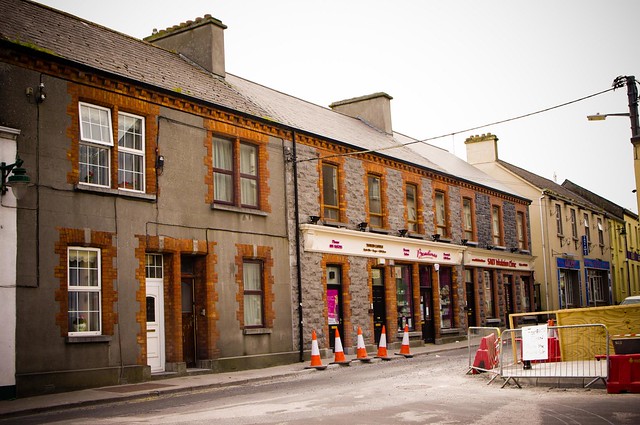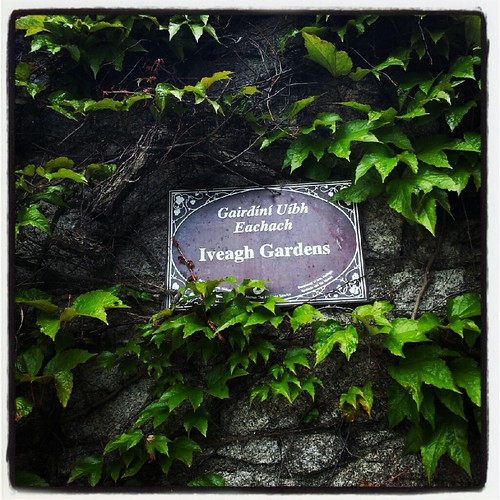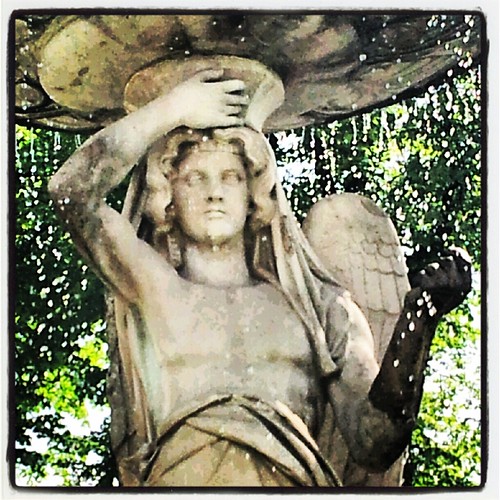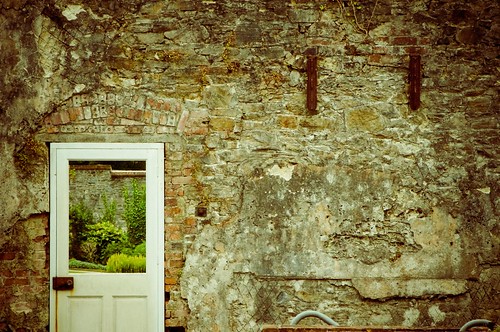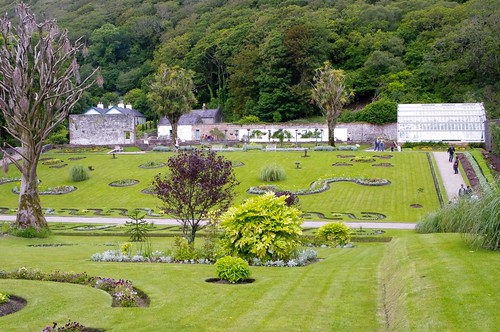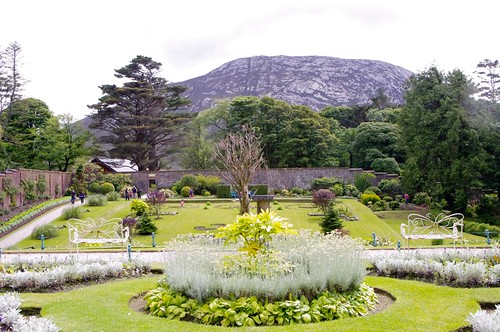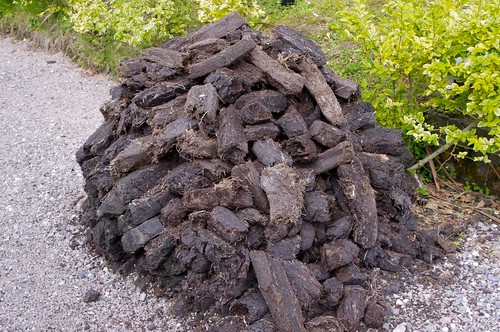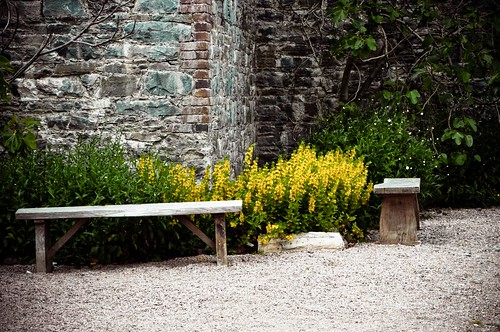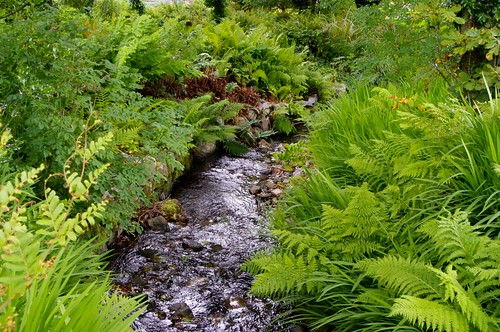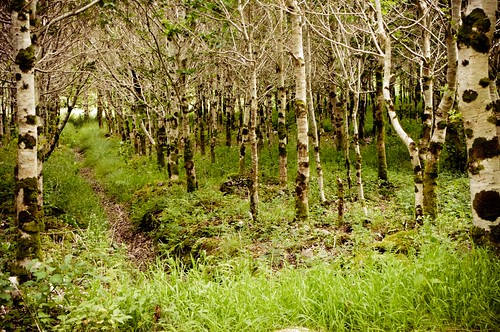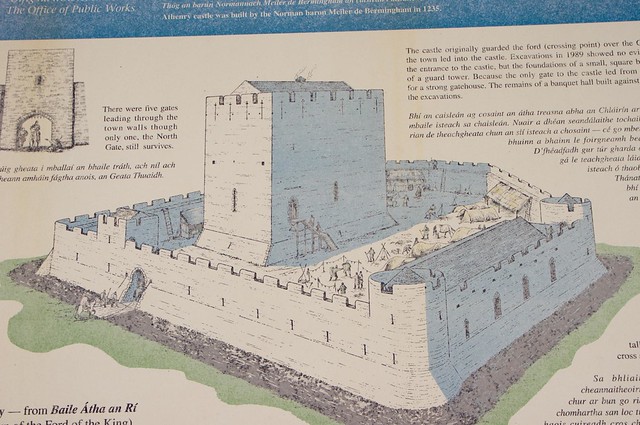
Located in county Galway, Ireland, Athenry (or Town of the Ford of the King) is a relatively small town. The main attractions are the castle which was built before 1240 (the Medieval curtain walls are among the most complete and best preserved in Ireland ), and the Dominican Priory ruins which date back to 1240’s as well.

The castle originally guarded the ford (or crossing point) over the Clareen (Clarin) river nearby. It was first built out of wood, and later stages allowed for a stone castle (started in 1235 by the Norman Baron Meiler De Bermingham), parts of which still exist today. Amazingly, there was only one entrance into the castle from the town when it was originally built.
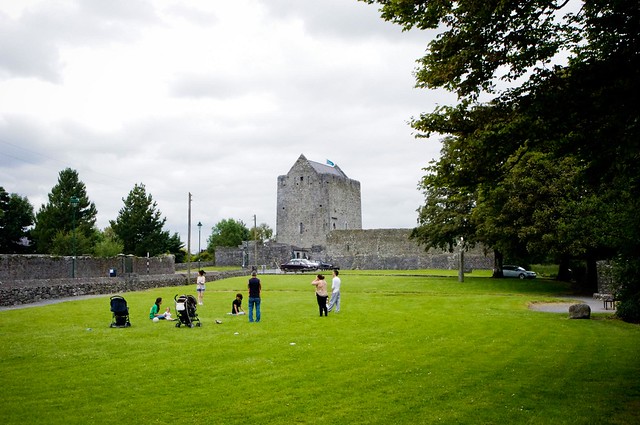
The castle itself was destroyed in the 1300’s, expanded to include 5 gates around the larger town, and then destroyed again 1570’s and one more time in the 1650’s. Today it’s been restored and belongs to the Office of Public Works, in Ireland, and is known for the stunning curtain walls that still surround the central keep and town.
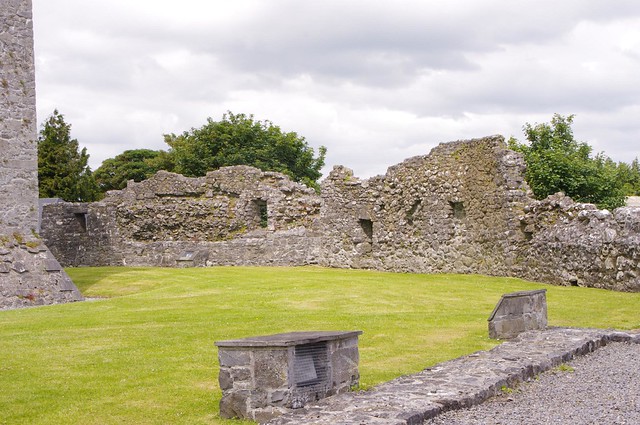
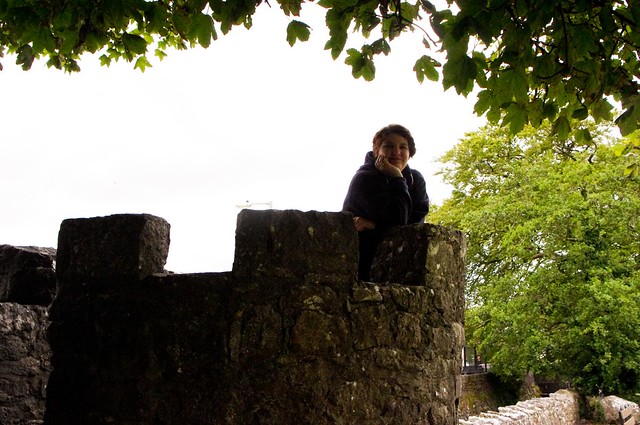
The keep itself went through 3 phases of building –
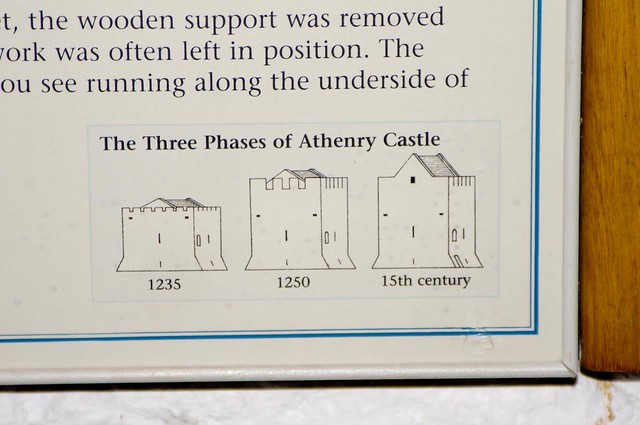
and when the Office of Public works (OPW) took it over it was a ruin.
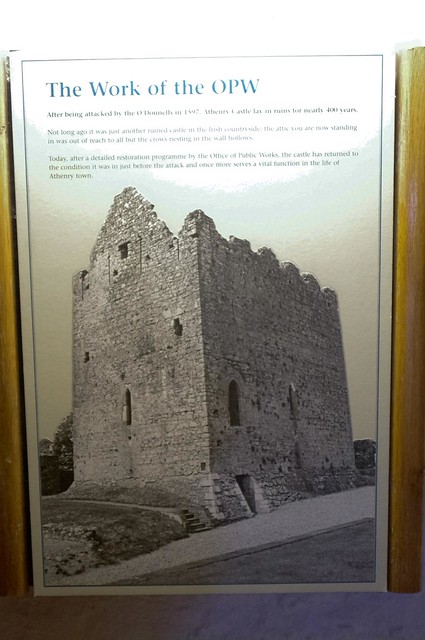
Today, it’s been restored and you can see the difference that has been made – to both the outside and the inside.

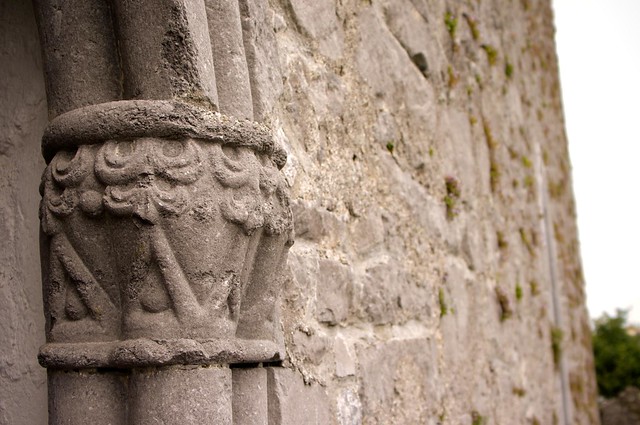
Below you can see some of the ancient window decorations, and one of the window seats they surround…
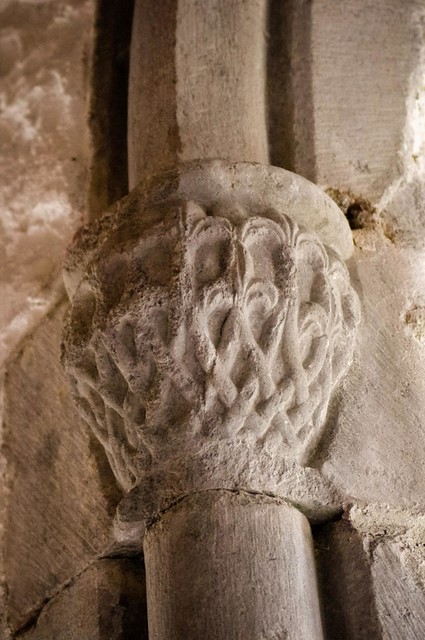
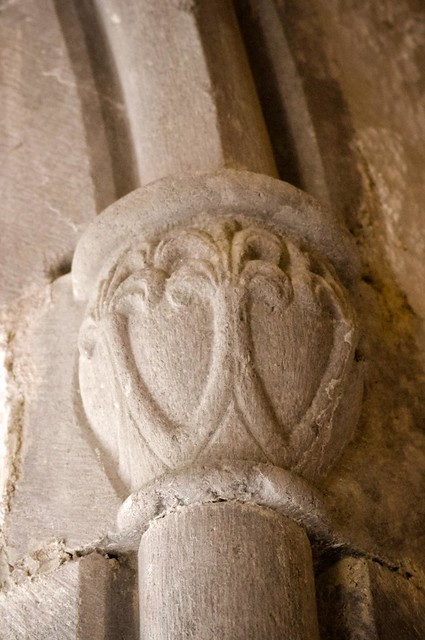
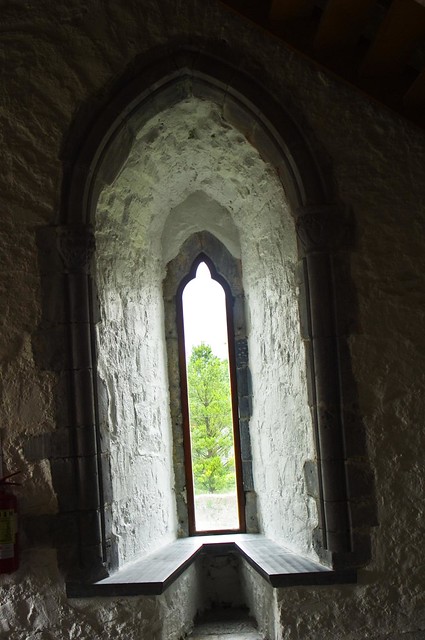
And of course, there’s the open “loo” in the castle guardrobe, where you not only did your “business” but also aired out your clothes if you were the lord / lady of the manor.
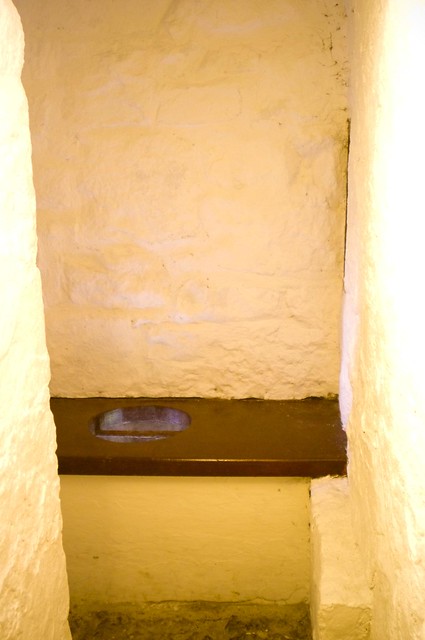
From here, it’s only a short walk down the road – to the next attraction – the Dominican Friory Ruins.
